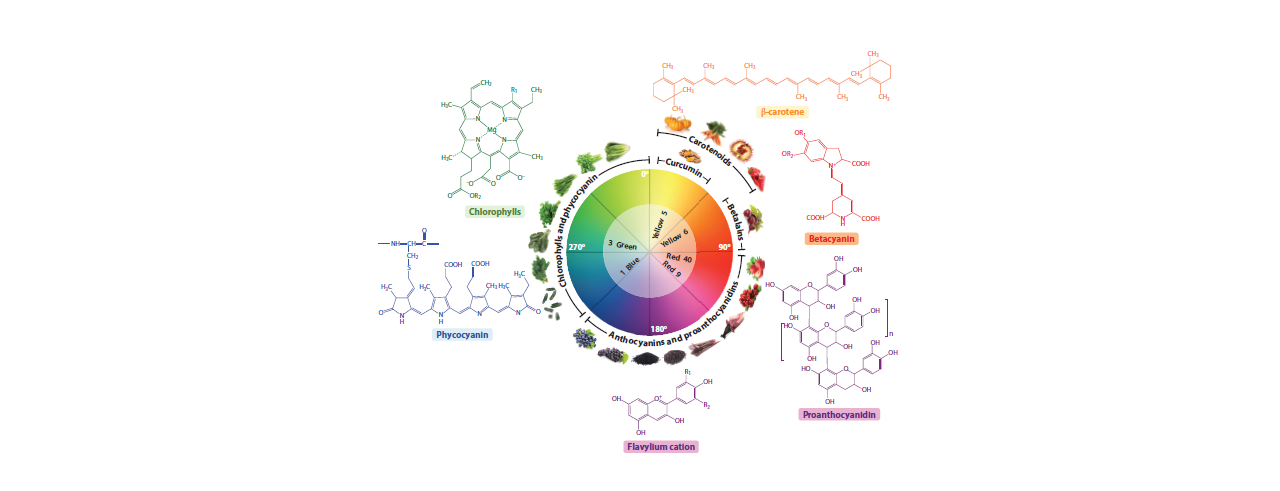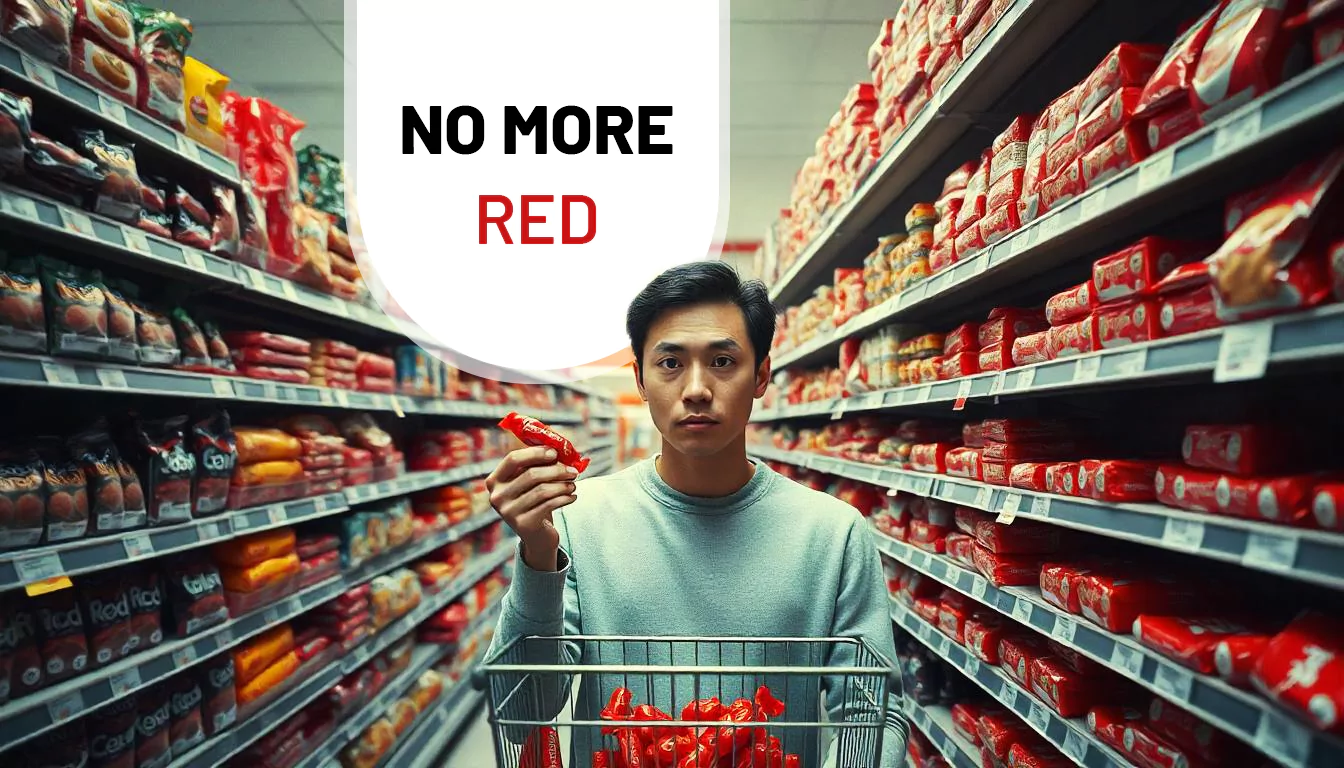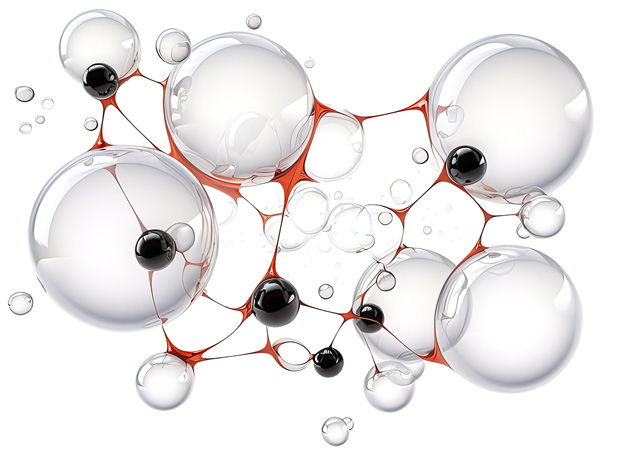Fact-checked by Catarina Abreu, PharmaD
On January, 15, 2025 the United States Food and Drug Administration (FDA) banned Red No. 3 in foods, beverages, and ingested drugs citing evidence linking the dye to cancer in animal studies. Red No. 3, also known as FD&C Red No. 3 and erythrosine, is a synthetic food dye that enhances the visual appeal of foods and beverages by giving them a bright, cherry-red color. It is estimated that it is present in more than 9,000 U.S. foods per CNBC. Red No. 3 is banned or under restricted use in several countries including Japan and Australia.
Food dyes, also known as food colorings or food color additives, are substances added to food and beverages and in some ingested drugs to create visual impact and influence consumer perception and preference. They can be derived from natural sources, such as plants, or can be synthesized artificially. In the mass-produced food industry, synthetic food dyes have been more widely used compared to natural food dyes due to cost, stability, color range, and ease of use.
Are consumers willing to accept healthier products that may be less visually appealing than what they are used to?
The ban arrives amidst a significant shift in consumer preferences towards healthier, more responsible alternatives. As society becomes increasingly health-conscious and environmentally aware, consumers are actively seeking products that satisfy them both in terms of taste and well-being goals.
The mere presence of potentially carcinogenic additives, such as Red No. 3, contradicts consumers’ expectations for safe and healthy food options. But are consumers willing and ready to accept products that may be healthier for them in the long run, but less visually appealing due to the absence of artificial colors?
Artificial color additives, including Red No. 3, serve no nutritional purpose and are used solely to enhance the visual appeal of food products. The food industry has long relied on vibrant colors to attract consumers, especially children. The removal of artificial color additives without their substitution with healthier, equally vibrant alternatives could lead to a significant shift in the appearance of many popular candy, snacks and drinks.
The red dye ban could be a catalyst for meaningful food innovation
The FDA’s ban poses a pivotal moment for the CPG industry adding pressure to food companies to reformulate their products, a process that could require extensive research and development efforts, potentially increasing production costs. These changes don’t happen overnight, and companies will need to carefully manage their transition period to maintain product availability while complying with the new regulations.
Several U.S. food manufacturers have already removed Red No. 3 from their products, but there’s still a long way to go.
Food manufacturers are heavily investing in R&D to find natural, safe-to-use pigments. The Mars Advanced Research Institute (MARI) worked with a global team of researchers for over 10 years and cracked the code on finding a natural alternative to blue food dye. Anthocyanin, a unique type of naturally occurring pigment in red cabbage that can produce a rare natural alternative to artificial blue colorants. It offers a natural option that can be used across the food industry, helping companies move away from artificial colors while still making foods that look appealing.
Companies like Kalsec are creating new categories of natural colorants that offer additional functional benefits, such as antioxidant properties or enhanced stability under various processing conditions. Others are developing new extraction methods to obtain vibrant natural pigments from sources like purple sweet potatoes and beets. PIPA’s VP of Science and Customer Success, Catarina Abreu, notes:
“Natural colorants can be just as vibrant as synthetic ones. The key difference often lies in cost-effectiveness, stability, and ease of use in large-scale manufacturing – factors that, unfortunately, often favor synthetic dyes at the expense of our health. This however shouldn’t deter food companies from investing in research and development for healthier product reformulations. Especially given the loud and clear shift in consumer preference towards healthier alternatives.”

Image: Food Research Lab
Some companies are even exploring novel food processing techniques that enhance natural colors while maintaining product stability and shelf life. For example, natural pigments like carotenoids and anthocyanins are recognizable to consumers and can help standardize color in products. Adjusting the dosage by batch can also ensure consistency and optimize the sensory experience.
How can AI accelerate the transition to better-for-you foods?
AI can play a significant role in helping CPG companies navigate product reformulation challenges; from ingredient selection and substitution, through recipe and extrusion optimization.
Natural, plant-based pigment discovery
- AI algorithms can analyze vast databases of plant molecules to identify novel natural colorant sources, predicting their stability, vibrancy, and potential interactions with other ingredients.
- Machine learning models can screen thousands of plant species and varieties to discover new sources of natural pigments with optimal properties for food applications.
- Scientific knowledge AI tools like LEAP, can help identify beneficial and adverse effects for thousands of molecules and colorants and identify their GRAS status. For instance, LEAP can alert food engineers and formulators of the safety of ingredients and additives such as colorants, preservatives and sweetening agents.
- AI can predict extraction methods and processing conditions that maximize pigment yield and stability, reducing the time and resources needed for experimental testing.

When scientific research raises red flags
There’s no shortage of animal and clinical studies pointing to the worrisome effect of colorants. Red No. 3 disrupts thyroid hormone regulation by inhibiting iodine absorption and blocking enzyme conversion of thyroid hormones and may promote thyroid tumour formation. Several studies exposing rats and pigs to Red No. 3 observed enlarged tumorous thyroid glands and abnormalities in hormone regulation.
Rat studies have shown that Red No. 3 increases oxidative stress, reduces antioxidants, and triggers neuroinflammation, potentially leading to neuronal damage and dysfunction. Multiple studies suggest a correlation between Red No. 3 consumption and exacerbation of ADHD symptoms in children. Other studies indicate that Red No. 3 may interact with amyloid-beta peptides associated with conditions like Alzheimer’s disease.
Food reformulation and sensory optimization
- Sensory science combined with AI can help match consumer preferences while transitioning to natural ingredients, using consumer digital twins.
- Predictive modeling can accelerate stability testing by forecasting how reformulated products will perform over their shelf life.
- Food formulation systems like PIPA’s Digital Extruder can rapidly simulate thousands of ingredient combinations to identify the right formulation and food extrusion parameters that maintain the desired taste, aroma, and appearance while using substitute ingredients or colorants. Digital extruder drastically reduces bench and pilot experiments, significantly reducing energy costs, material waste while equipping food innovators with unprecedented precision power to create winning formulations that are delicious, nutrient-dense and safe.
The future of food manufacturing is being revolutionized through intelligent technologies that deliver on the growing consumer demand for food safety, nutrition, and uncompromised taste. By combining advanced AI with sophisticated computational fluid dynamics, we’re accelerating the development of foods that aren’t just healthier – they’re meticulously formulated to exceed consumers’ expectations in nutrition and flavor.
Connect with us to explore how we can help you navigate the future of food manufacturing and create products that resonate with modern consumers.
References:
- FDA to Revoke Authorization for the Use of Red No. 3 in Food and Ingested Drugs
- Is Red Dye Safe in Food Products?
- Red Dye No. 3 is in over 9,000 U.S. products: ‘This stuff is not good,’ scientist says—here’s how to avoid it until the ban takes effect
- Consumer demand drives healthy, delicious, sustainable food trends
- How food brands and drugmakers are responding to FDA’s ban of food dye Red 3
- True Blue Food Dye from Red Cabbage? See the Science!
- Natural Colors & Macrotrends: Creating Captivating Experiences for the Conscious Consumer
- Additives in Processed Foods as a Potential Source of Endocrine-Disrupting Chemicals: A Review
- Short-term toxicity of erythrosine Bs in pigs
- Erythrosine-Induced Neurotoxicity: Evaluating Enzymatic Dysfunction, Oxidative Damage, DNA Damage, and Histopathological Alterations in Wistar Rats
- Potential impacts of synthetic food dyes on activity and attention in children: a review of the human and animal evidence
- Investigation of the effect of erythrosine B on amyloid beta peptide using molecular modeling


